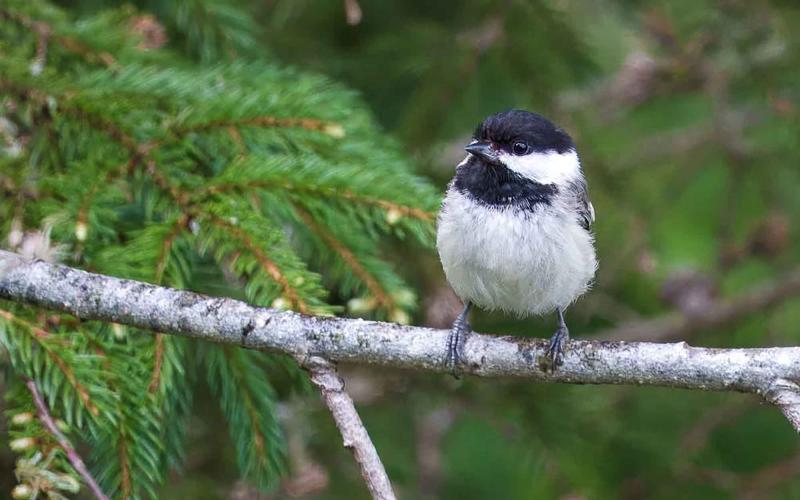
While working in my garden over the weekend I spotted a very shiny beetle on the leaves of my dill. Typically, when we talk about shiny things, it’s good. However, in this case, I was looking at a Japanese beetle (Figure 1). If you’re not familiar with these, Japanese beetles are very bad news for anyone with a garden. Japanese beetles are polyphagous insect pests, which simply means they feed on many different host plants. As adults, Japanese beetles have over 300 species of plants that they consider to be food.
The presence of Japanese beetles in South Dakota isn’t new, but they aren’t common in all towns at this time. They are most common in the Southeastern portion of South Dakota, and along the I-29 corridor. This invasive pest has been moving west since it was first discovered in the U.S. in 1916.

Japanese beetles get so much attention because as adults they aggregate (feed in large populations) and skeletonize leaves (remove all green leaf tissue except for the veins) and feed on flowers and fruits (Figure 2). Adult Japanese beetles prefer rose, grape, linden, apple, crabapple, cherry, plum, birch, elm, raspberry, currant, basil, hollyhock, Virginia creeper, marigold, soybean and corn silks. When leaves are completely skeletonized, they turn brown and may fall off the plant. Although Japanese beetles can cause a lot of feeding injury in a relatively short amount of time, their feeding normally affects only aesthetics, especially for healthy plants and trees. However, the Japanese beetles can destroy rose blossoms (Figure 3) along with fruits and vegetables. In some cases, plants may be stunted following early season Japanese beetle feeding.

As larvae, they are white grubs that feed on grass roots. Like other grub feeding, this will cause the grass to turn brown with dead patches eventually showing up. Distinguishing one grub from another requires looking at the pattern of hairs present on the end of their bodies. Japanese beetle larvae have a small V-shaped pattern of hairs.
Managing grubs (including Japanese beetle grubs), is best done in mid-summer when they are small and still feeding close to the surface (late July – mid-August). There are granular and liquid insecticides available for grub control, and most require some form of irrigation or rainfall to be most effective. Make sure to scout for grubs and then read and follow the label directions of any insecticides used.
Management of Adult Japanese Beetles
Complete management is often difficult because adult Japanese beetles can fly long distances. Management should start when you first observe the beetles in your yard. In gardens, physical removal of the beetles from plants and destroying them can be effective. If large populations are present, an insecticide application may be necessary if there is excessive damage to high value flowers and vegetables. Always read the insecticide label and follow instructions. We do not recommend using Japanese beetle lure-based traps for yards and gardens. These will often attract more beetles into a yard and result in increased defoliation.


